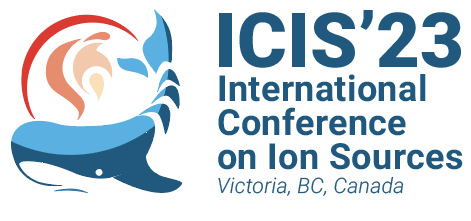Speaker
Description
The ion source for neutral beam injection at ITER has to provide high intensity and low divergence negative hydrogen and deuterium ion beam. Extracting the negative ions from the plasma is inevitably accompanied by co-extraction of electrons, which can limit the source performance, especially in deuterium. Reducing the co-extracted electrons is done by applying a magnetic filter field and a positive bias on the first grid of the extraction system (plasma grid) and on a window-frame plate in front of the plasma grid (bias plate) with respect to the source walls. On the one hand, the filter field reduces the electron temperature and the amount of co-extracted electrons, on the other hand, it introduces E x B drift. This drift creates a vertical plasma inhomogeneity in front of the extraction area and consequently a strong inhomogeneity of the co-extracted electrons.
Vertical plasma inhomogeneity close to the extraction area may have an impact on the extracted negative ion beam uniformity. This motivated detailed studies on the plasma inhomogeneity of a beamlet group in the half-ITER-sized ELISE ion source using a movable Langmuir probe. The investigations are done in deuterium at different filter field configurations and with different biases on the plasma grid and on the bias plate. It is demonstrated that the vertical distribution of the plasma potential changes together with the plasma grid sheath – from repelling to attracting sheath. A repelling sheath reduces the flux of electrons from the plasma towards the PG surface and consequently increases the co-extracted electron current, while the surface-produced negative ions are accelerated towards the plasma volume. The attracting sheath collects the electrons on the grid and reduces the flux of negative ions leaving the grid surface and moving towards the plasma volume.
| Funding Agency | EUROfusion |
|---|---|
| Email Address | dimitar.yordanov@ipp.mpg.de |
| I have read the Code of Conduct to attend ICIS2023. | Yes |

